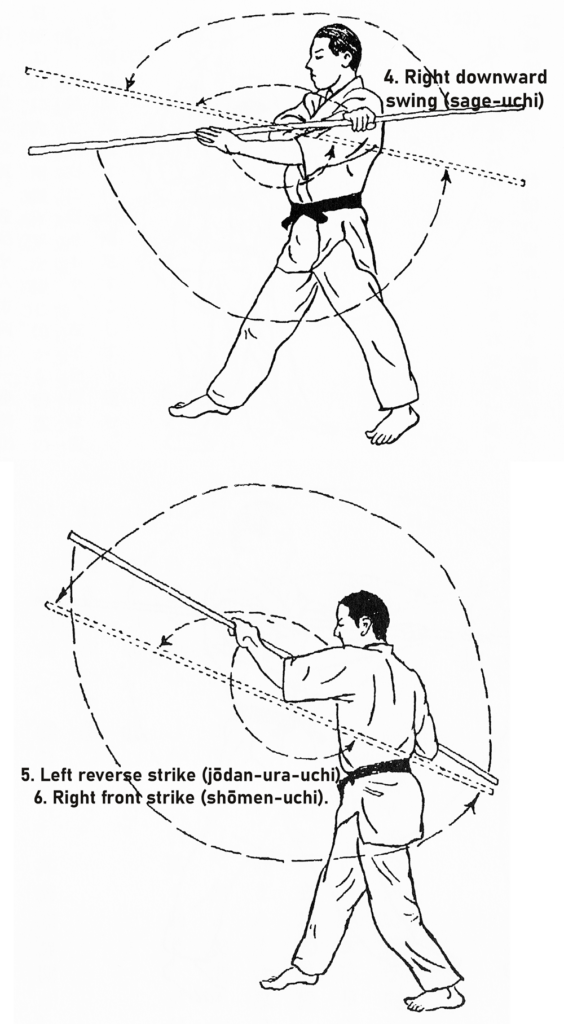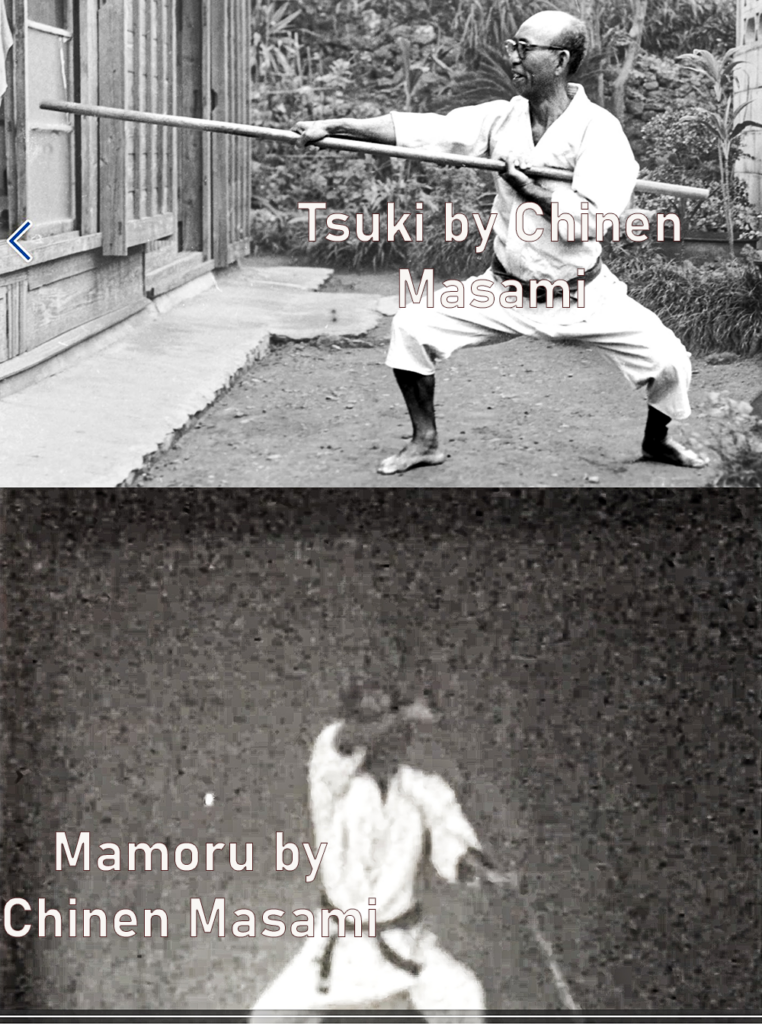In the late 1920s, Miki Jisaburō of the Karate Club of Tokyo Imperial University travelled to Okinawa to meet the then-current masters and to research and record the techniques of original karate and kobudō. He published his findings in an extensive work titled “Outline of Kenpō” (Karate Research Group of the Imperial University of Tōkyō, 1930).
People might ask, “Why is this work of any significance? The postwar masters have already told their story to their students, and everything is well known and established.”
However, most works and information on schools and styles are “autobiographical” in quality and content. That is, they only consider the memories or interpretations of a particular sensei, school, or lineage, and are completely ignorant towards others. Some sensei were skilled writers, such as Nagamine Shōshin, who visited and interviewed masters and families and recorded his findings and whose level of sophistication in preparing and publishing detailed historical and technical descriptions is second to none of his era.
The “Outline of Kenpō” by Miki attests to his excellent preparation of investigation, his precise and targeted implementation of research objects, and, above all, his high-quality skill in recording techniques and kata in text and illustration. It is noticeable that Miki had a university education, which enabled him to research the subject accurately, to process it scientifically, and to prepare it for a general and specialist readership.
As to its significance, the highest Okinawan masters knew nothing about this book until the early 2000s, and there are still some who have never considered it. It is said that postwar karate schools were mainly concerned with the beautification of their own school’s stories and lineages and didn’t care much for accuracy and truth, which could explain their ignorance towards contemporary testimonies.
As a result, the “Outline of Kenpō” has to be seen as yet another case of specific pre-war karate kobudō literature that remained unknown and hence fully ignored during the establishment of Okinawan karate kobudō self-portrayals of the post-war era. This means many of the old post-war narratives must be considered “autobiographical” at best and are therefore only partially meaningful for Okinawa karate kobudō as a whole. It might also be a reason for many contradictions.
The “Outline of Kenpō” was only republished in 2002 and became available to the general public again. Therefore, it remained unconsidered for 70 years, and it is doubtful if all Okinawan sensei have studied it deeply since. Hence, there might be a lot of things that Okinawan postwar sensei never knew.
With this introduction in mind, I would like to present a new perspective on a combination found in many kata of bōjutsu. In particular, this is about a characteristic combination from Sakugawa no Kon that Miki recorded and described after learning the kata from Ōshiro Chōjo. Since Ōshiro learned this kata from Chinen Sanrā, the forefather of Yamanni-ryū, in turn one of the prestigious styles of Okinawan bōjutsu today, it should be of interest to any school and lineage who claims tradition in this lineage.
Miki described Ōshiro as thus:
Ōshiro Chōjo Sensei, Shuri Ōnaka 1-54. He is a licensed teacher at the industrial school and simultaneously the head of the karate club of the same school, and in addition to educating the young people, he also teaches karate and bōjutsu [elsewhere]. Sensei is currently known as the leading figure in Ryukyu in the field of bōjutsu. Also, the famous old commoner Chinen of Yama no Kon (“base of the mountain”), a master of bōjutsu, was [Ōshiro] Sensei’s instructor. Ōshiro Sensei not only teaches at school, but also invites young men to his home and trains them using his own great personality. The students of the said school are both happy and proud to have such a noble personality, Ōshiro Chōjo Sensei. My bō techniques are based on [Ōshiro] Sensei’s instructions, and I also learned from him the interesting story of “Chikin Akan’chu” – a man who was good with the bō. I received particularly helpful advice regarding the side-foot-kick (yoko-ashi-geri) of karate.
The characteristic combination in old-style Sakugawa no Kon
The description itself is a bit complicated and details every move of the hands and feet, directions, what to do, and what the position of the front and rear of the bō is at the end of technique. I have broken the whole thing down, shortened it to the essentials, and inserted typical Japanese terminology. In this example, the combination is performed with the right leg and hand in front. Of course it’s the same with the left in front, just reversed.
First, here is the order of the techniques, then drawing from Miki’s book, two photos of Chinen Masami performing Sakugawa no Kon for reference, and finally my explanation video.
- Defense toward the front (mamoru).
- Right front strike (shōmen-uchi).
- Left upward swing (furi-age).
- Right downward swing (furi-sage)
- Left reverse strike (jōdan-ura-uchi)
- Right front strike (shōmen-uchi).
- Right twisting parry (nejiru).
- Right thrust (tsuki).
As a comparison of how things looked in a similar lineage, here is tsuki and mamoru by Chinen Masami. Also note his bulky bō.
Thank you for reading my blog.
© 2024, Andreas Quast. All rights reserved.


